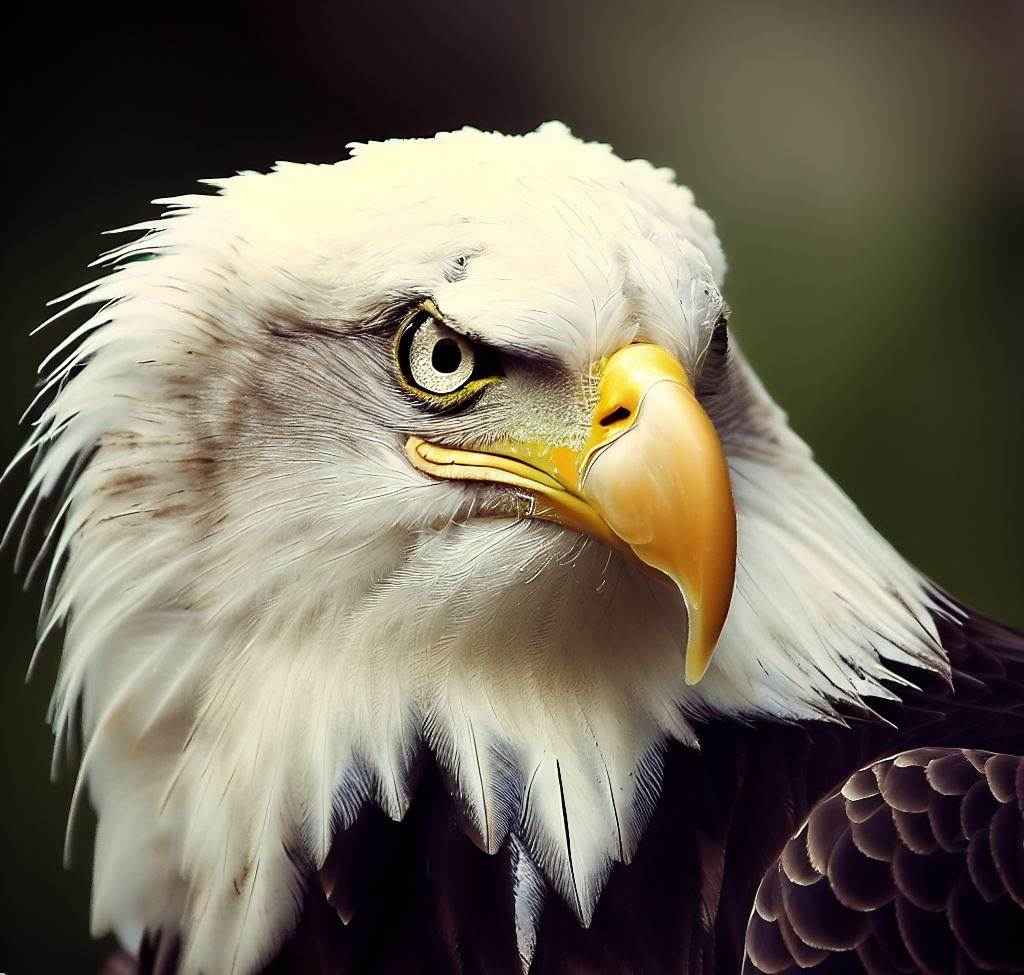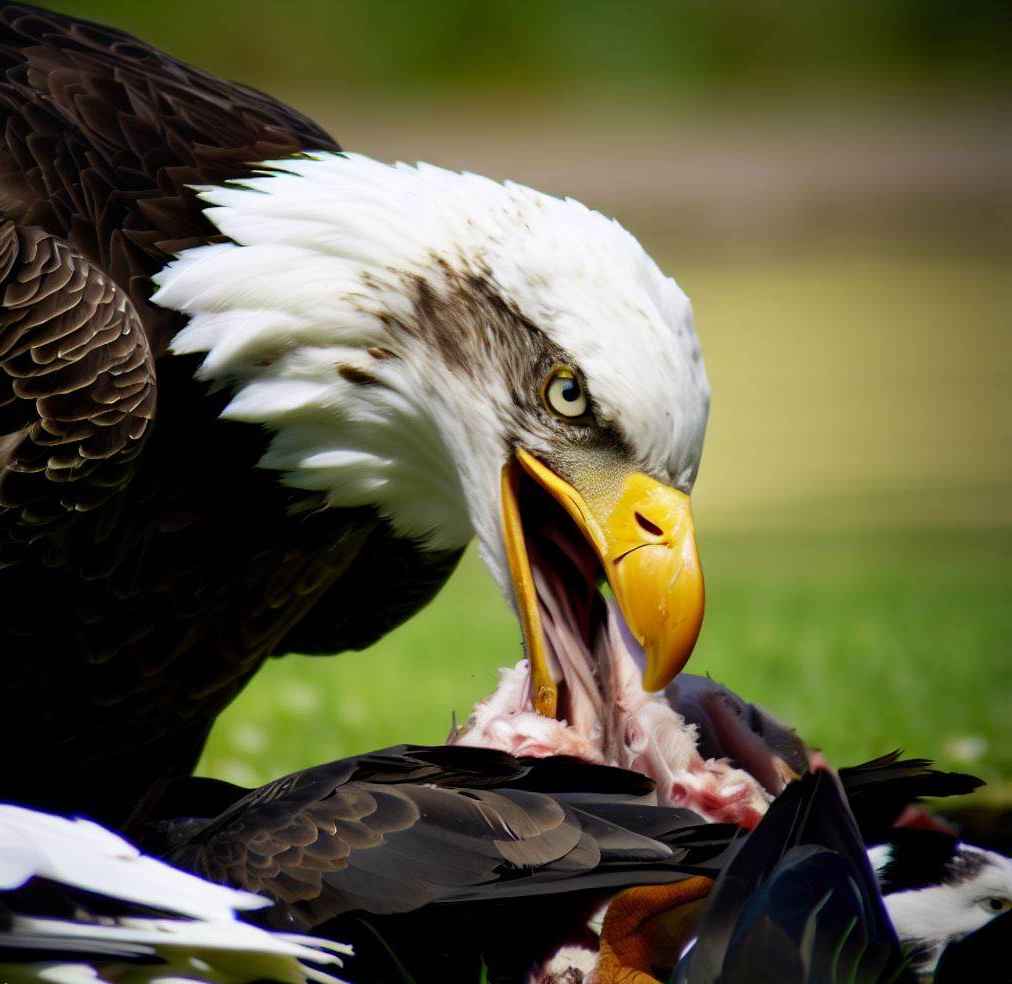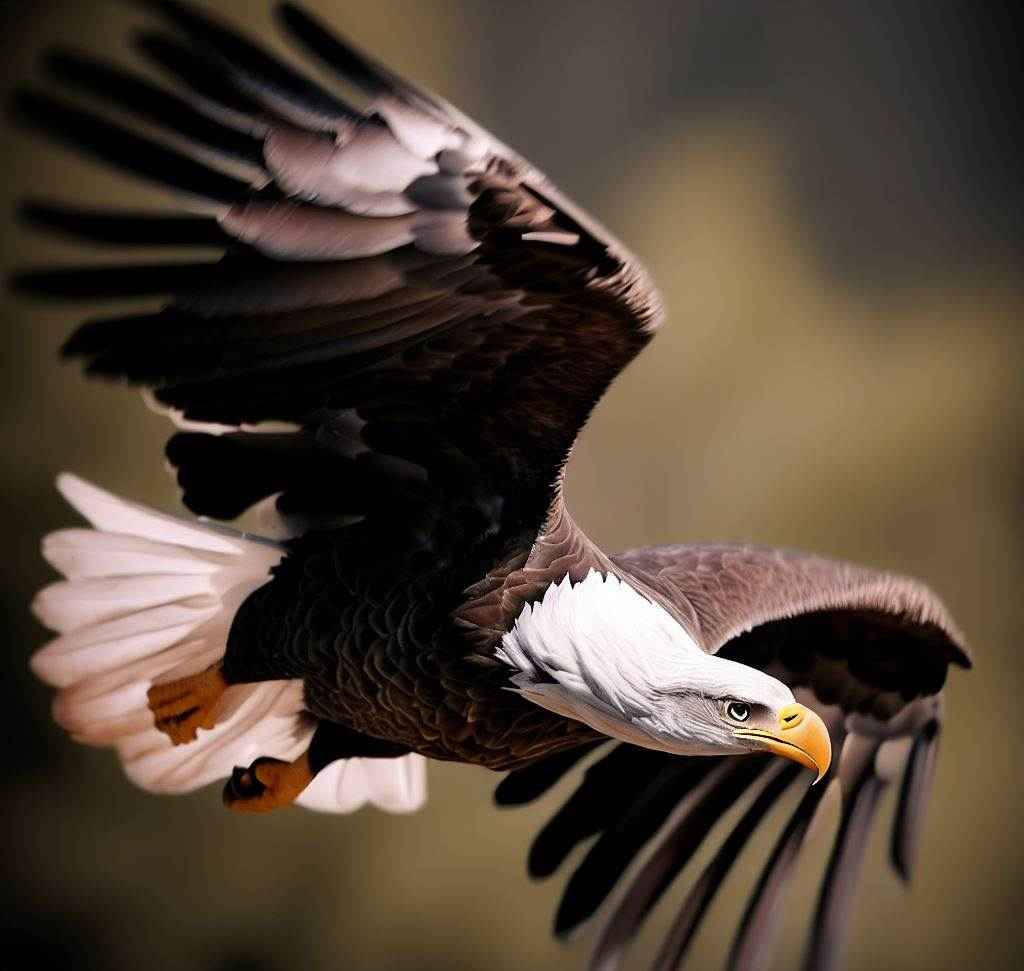Do A Bald Eagle Eat Ducks And Other Birds?
Answer to the question Do bald eagles eat ducks and other birds? The answer to this intriguing query is an unequivocal yes! While bald eagles are renowned for their preference for fish, they boast a flexible and varied diet that encompasses a range of avian species. They also eat snakes, and their preference for these elongated reptiles varies among different species of eagles.
In conclusion, hold a special place in the menu of these majestic raptors, especially during the winter season when alternative food sources may be hard available. Equipped with an impressive wingspan, razor-sharp talons, and a powerful beak, bald eagles possess the perfect tools to snatch ducks in mid-flight or extract them from the water’s surface with remarkable precision. Aside from that, do bald eagles eat ducks, bald eagles exhibit their adaptability as hunters by targeting a diverse array of avian prey. Observations have revealed their prowess in capturing and consuming smaller bird species, including gulls, terns, and coots, as well as other raptors like ospreys and smaller eagle species.
Although birds constitute a smaller portion of their overall diet in comparison to fish, bald eagles seize the opportunities presented by their surroundings, demonstrating an exceptional ability to adjust their hunting strategies accordingly. Whether engaging in impressive aerial pursuits or employing stealthy glides over water bodies, these awe-inspiring raptors exemplify their hunting process and resourcefulness as they secure their meals from the avian realm that surrounds them.
Introduction:
Did you want to know about the dietary preferences of bald eagles? If you’ve ever know, Do a bald eagle eat ducks and other birds? When envisioning a bald eagle, the majestic symbol of freedom and strength, we often imagine it swooping down to catch fish from the water’s surface. Have you wondered if bald eagles also feed on ducks and other birds? In this context, we will embark on an exclusive journey to explore the feeding habits of bald eagles and unravel the truth behind their avian diet.
Living Criteria Of Bald Eagle:
The living criteria of the bald eagle encompass a unique set of environmental requirements necessary for their survival and thriving populations. in addition, the bald eagle is found near North America. These iconic birds prefer habitats that offer a combination of large bodies of water, such as rivers, lakes, or coastal areas, and adjacent forested areas for nesting and roosting. The presence of tall trees near water sources is crucial as they provide suitable nesting sites, often in the form of massive nests called eyries, which are reused and expanded over the years.
Bald eagles also require undisturbed areas with less human interference to reduce disturbances during their breeding and nesting seasons. A healthy bald eagle habitat consists of a concentration of food sources mainly of fish, though they are opportunistic hunters and may supply their diet with waterfowl, small mammals, and carrion. Preserving and protecting these vital components of their habitat is essential to ensure the continued success and conservation of these iconic creatures. You can also read more about do owls attack humans at night?
Physical Characteristics:
Wingspan:
The bald eagle’s wingspan is a sight to behold, stretching up to 7 feet. This expansive wingspan enables them to glide through the skies with exceptional ease and grace. With their wide wings, bald eagles can effortlessly be caught in thermal updrafts, allowing them to take to great heights and survey their environments with remarkable carefully.
Plumage:
One of the most attractive physical features of the bald eagle is the plumage. The mature bald eagles reveal exclusive contrast between the iconic white head, tail feathers, and their dark brown body plumage. This appearance creates a visually captivating display that sets them apart from other birds. Juvenile bald eagles, on the other hand, sport mottled brown feathers until they got adulthood, gradually transitioning into the iconic white head and tail feathers.
Beak and Talons:
The bald eagle’s sharp, hooked beak and powerful yellow talons are formidable tools that showcase their hunting prowess. Their beak allows for precise and efficient tearing of prey, while their talons provide a secure grip on their catches. These impressive physical adaptations enable bald eagles to snatch fish from the water’s surface or seize their prey in mid-flight with exceptional dexterity.
Vision:
Bald eagles possess exceptional eyesight, making them adept hunters. Their keen vision allows them to spot fish from considerable heights while soaring above bodies of water. This remarkable visual acuity is essential for identifying potential prey and honing in on targets with remarkable accuracy. Eagles have poor night vision but they are nevertheless capable of flying at night.
Versatile Diet & Habitat:
The bald eagle, known for its versatility and adaptability, possesses a diverse diet and thrives in various habitats. This remarkable raptor has a long menu that goes beyond its iconic association with fish. While fish are a primary food source, bald eagles also ingest ducks, geese, swans, and other waterfowl. Furthermore, they exhibit opportunistic feeding behavior, getting advantage of carrion and feeding on the residue of dead animals.
This versatility in their diet enables bald eagles to survive in different environments and also adapted to changing circumstances. Bald eagles inhabit diverse ecosystems in North America, favoring habitats near large bodies of water such as rivers, lakes, coastal regions, and wetlands. These environments provide a plentiful supply of vital resources, including fish and other aquatic prey, essential for the eagles’ survival.
By establishing their habitats in close proximity to these vast water bodies, bald eagles secure easy access to plentiful food sources, thereby creating an optimal environment that fosters their survival and supports thriving populations. These habitats provide a rich supply of fish and waterfowl, making sure a reliable food source for the eagles. Adjacent forested areas are also essential, they offer suitable nesting areas in the form of tall trees with sturdy branches. The existence of undisturbed nesting areas is crucial for successful breeding and the extended survival of the species.
Conservation efforts have played a massive role in regaining the bald eagle populations and protecting their habitats from such dangerous conditions. By preserving and maintaining the delicate balance of aquatic ecosystems, we can continue to support the versatile diet and habitat needs of bald eagles. Understanding the adaptable nature of these majestic birds highlights the importance of safeguarding their habitats and ensuring their continued presence in our natural landscapes.
Facts Of Bald Eagle:
- The bald eagle holds a prominent position as a symbol of strength and freedom, especially within the United States where it proudly represents the nation as its official bird and emblem.
- This majestic creature commands attention with its notable physical attributes. Adult males weighted between 8 to 14 pounds, while the females tend to be slightly larger, weighting about 10 to 17 pounds.
- With a wingspan can reach about 7 feet, the bald eagle is referred to as one of the largest North American’s raptors.
- Bald eagles have remarkable longevity, with wild individuals capable of living up to 20-30 years or even longer.
- In captivity, they can reach their 40s. These majestic birds form strong, monogamous pair bonds and often mate for life.
- Their courtship displays involve breathtaking aerial acrobatics, including high-flying chases and cartwheeling displays.
- Building massive nests known as eyries, bald eagles construct structures that can be as large as 10 feet in diameter and weigh over a ton.
- These nests are continuously added to year after year and are typically built high in trees near bodies of water.
- With their exceptional eyesight, estimated to be around four times sharper than that of humans, bald eagles have an incredible ability to spot prey from great distances while soaring high above the ground.
- Their keen vision aids them in their renowned fishing skills. By settling on the trees near the water bodies they utilize their sharp eyes to locate fish on the surface, then swiftly swoop down, extend their talons, and snatch their prey from the water.
- The bald eagle population has made a remarkable recovery since its endangered status in the 1970s. It is now classified as a species of least concern.
- These eagles also exhibit migratory behavior, with some being year-round residents while others embark on long-distance journeys to breeding or wintering grounds, spanning hundreds or even thousands of miles.
- Beyond its cultural significance, the bald eagle plays a crucial ecological role as a top predator, maintaining the balance of ecosystems.
- Its presence often serves as an indicator of the overall health of an ecosystem, highlighting its vital ecological significance.
Bald Eagle As A Nest Builder:
Bald eagles showcase their remarkable nest-building abilities in the world, demonstrating both the precision and craftsmanship. These magnificent birds construct large nests, known as eyries, using an assortment of natural materials. Typically present high in tall trees near bodies of water, these nests can reach impressive sizes, measuring about 10 feet in diameter and weighing over a ton.
Bald eagles continually reinforce and extent their nests year after year, adding a new layers and strengthening their structural integrity. Their dedication to nest building reflects their commitment to providing a secure and sturdy home for their offspring. The intricate construction of these nests showcases the bald eagle’s resourcefulness and adaptability, ensuring the survival and success of future generations. You can also read about do bald eagles eat snakes from this website.
FAQs:
1 Do bald eagles eat ducks?
Yes, bald eagles will eat birds as part of their diet. They are opportunistic predators and will prey on a variety of avian species, including ducks, gulls, terns, coots, and even other raptors.
2. What does the bald eagle eat?
Bald eagles are aggressively active hunters. With their powerful legs and sharp beaks, they rip and tear their prey into bite-sized pieces. They primarily prefer fish in abundant areas. They also hunt ducks and other birds near grassland. This hunts small mammals like rabbits, squirrels, and prairie dogs. They hunt near the surface, not diving into water like ospreys.
3. Do Bald Eagles eat geese?
Yes, bald eagles will occasionally eat geese as part of their diet, especially when other food sources are scarce. While geese are not their primary prey, bald eagles are opportunistic hunters and will target geese if given the opportunity.
4. Do Bald Eagles Eat Snakes?
Yes, bald eagles do consume snakes as part of their diet.
5. Why are eagles so special?
Eagles are considered special due to their majestic appearance, impressive physical abilities, and their symbolism of strength, freedom, and power. They hold cultural significance in many societies and are admired for their keen eyesight, soaring flight, and their role as top predators in ecosystems.
6. What are 2 fun facts about eagles?
Two fun facts about eagles are that they have exceptional eyesight, estimated to be four times better than that of humans, and they build massive nests called eyries that can weigh over a ton and are continuously added to year after year.
7. Why are eagle’s eyes so powerful?
Eagles’ eyes are exceptionally powerful because they have a high density of light-sensing cells called cones in their retinas, enabling them to perceive fine details and colors. Additionally, their large eyes and wide pupils allow for increased light intake, enhancing their visual acuity and ability to spot prey from great distances.




